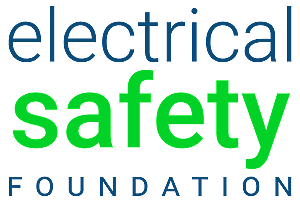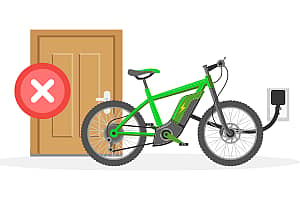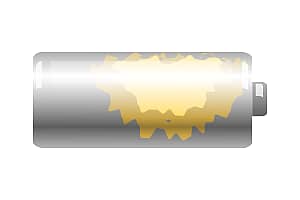Located in practically every room in every home, electrical outlets and receptacles represent a constant and real danger wherever young children are found. Tamper resistant receptacle (TRR) technology provides a simple, affordable, permanent solution to help prevent childhood shock and burn injuries caused by tampering with wall outlets.
What are tamper resistant receptacles, or TRRs?
- TRRs have a very similar appearance to standard wall outlets, but they are actually designed with spring-loaded receptacle cover plates that close off the receptacle openings, or slots.
Why do I need TRRs?
- Every year in the United States, more than 2,400 children under the age of 10 are treated in hospital emergency rooms for electrical shock or burns caused by tampering with a wall outlet around the home – that is seven children a day.
- Nearly one-third of these injuries occur when a small child attempts to insert household objects such as hairpins, keys, or paperclips into the receptacle.
How do TRRs work?
- When equal pressure is simultaneously applied to both sides, the receptacle cover plates open, allowing a standard plug to make contact with the receptacle contact points. Without this synchronized pressure, the cover plates remain closed, preventing the insertion of foreign objects.
Are TRRs effective?
- TRRs have proven to be so effective that the 2011 National Electrical Code (NEC) requires installation of TRRs in all new home construction.
- Although not widely used in homes until recently, tamper resistant receptacles have been required in hospital pediatric care facilities for more than 20 years.
How much do TRRs cost?
- The cost of installing a TRR in a newly constructed home is only about $0.50 more than a traditional receptacle.
- Existing homes can be easily retrofitted with tamper resistant receptacles for as little as $2.00 per outlet.
Can I install them myself?
- TRR’s use the same installation guidelines that apply to standard receptacles and should only be installed by a licensed, qualified electrician.







